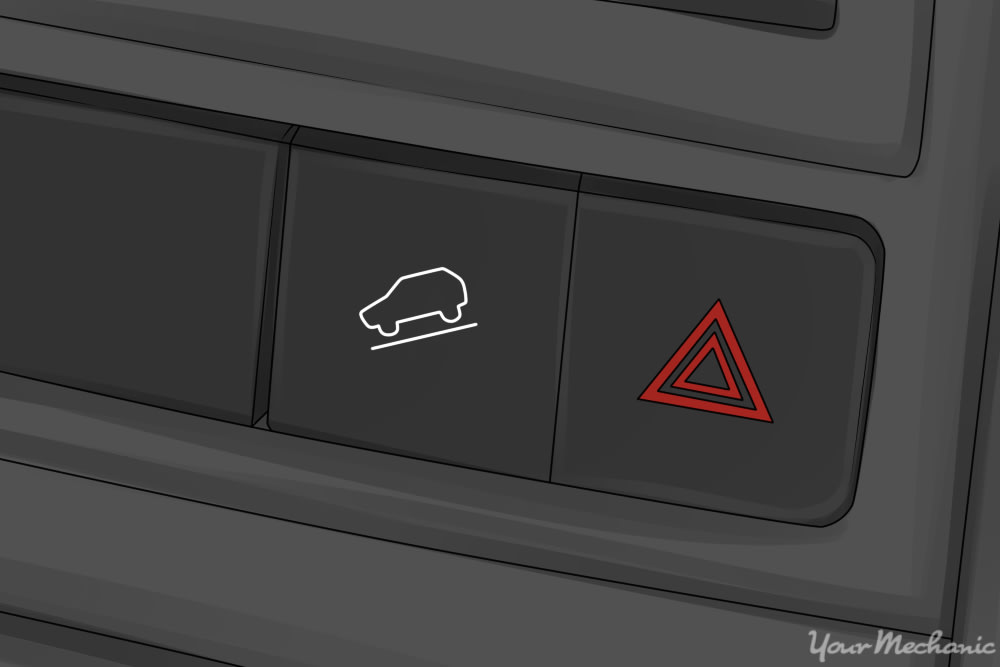

Originally introduced by Land Rover, hill descent controls have become a common part of many off-roading focused vehicles. When the system is active, the anti-lock braking system (ABS) unit monitors the speed at which the wheels are rotating and applies the brakes to keep the vehicle at a safe, controlled speed. As it can be difficult to control the vehicle when off-roading and going down a hill, this system is used to help keep drivers safe.
When it was first introduced, this system could only maintain your vehicle at a specific speed, but due to recent advances in electronics, many systems can now be controlled using the cruise control speed buttons.
Refer to the owner’s manual for more specific information on how this system may work on your vehicle.
What the hill descent control light means
When this light is illuminated, the system is active and monitors the wheels to keep them in check. Keep in mind that some systems must be toggled on while others may turn on automatically. The owner’s manual will detail how your vehicle’s hill descent control works and when you can use it.
This indicator light cannot tell you when the brakes are being applied, but you’ll know it’s working if your vehicle is maintaining a constant speed without your having to apply the brakes. Keep in mind that since the hill descent control uses the ABS to function, any problems with your ABS system will likely prevent you from using the hill descent control system.
Is it safe to drive with the hill descent control light on?
The hill descent control system is designed to keep the vehicle under control, so you should be using it when necessary. Even though the car is maintaining your speed, you will still need to be cautious when going down a hill. Always be prepared to step on the brake in case you need to slow suddenly.
If the hill descent control doesn’t appear to be working properly, our certified technicians are always available to assist you in diagnosing any issues.



